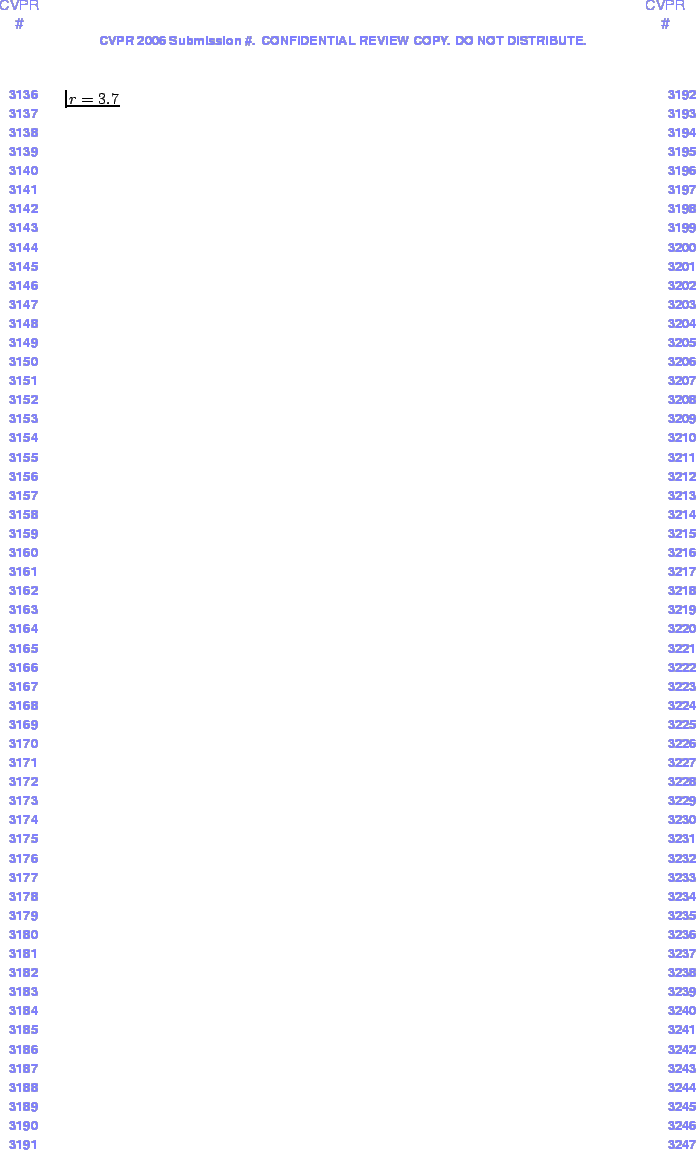 PDF version of this document
PDF version of this document
The most straightforward way to measure the distance between images is to evaluate the absolute difference between them, or alternatively treat them as vectors by concatenating pixel/voxel values and take the Euclidean distance. Although this has the merit of simplicity, it does not provide a very robust distance measurement. In the context of model and image registration evaluation considered here, such direct measurement results in a distance that increases rapidly even for quite small image misalignments.
Robustness can be added to the distance evaluation by considering a 'shuffle difference', inspired by the 'shuffle transform' [15]. The idea is to seek correspondence with a wider area around each pixel. Instead of taking the mean absolute difference between corresponding pixels, the mean of minimum absolute difference between each pixel in one image and pixels in a shuffle neighbourhood around the corresponding pixel in the other is used. This approach is less sensitive to small misalignments, and provides a more robust image distance evaluation. Furthermore, the sensitivity to misalignment is directly determined by the size and type of the shuffle neighbourhood. One obvious choice is a square box around the corresponding pixel. A more even treatment of the local region is provided by a shuffle disc, of radius  , that only considers pixels located within
, that only considers pixels located within  of the central pixel. Examples of shuffle distance evaluation with varying
of the central pixel. Examples of shuffle distance evaluation with varying  between two brain examples, the original image and missaligned version, are shown in Figure 3. The effect of the shuffle neighbourhood radius on the distance misalignment sensitivity is obvious as the distance perceivably decreases in areas of small missalignment and becomes less noisy as we go from
between two brain examples, the original image and missaligned version, are shown in Figure 3. The effect of the shuffle neighbourhood radius on the distance misalignment sensitivity is obvious as the distance perceivably decreases in areas of small missalignment and becomes less noisy as we go from  to
to  (roughly equivalent to a 7x7 square window).
(roughly equivalent to a 7x7 square window).
|
[width = 0.9 ]../Graphics/shuffle_dist_example.png |